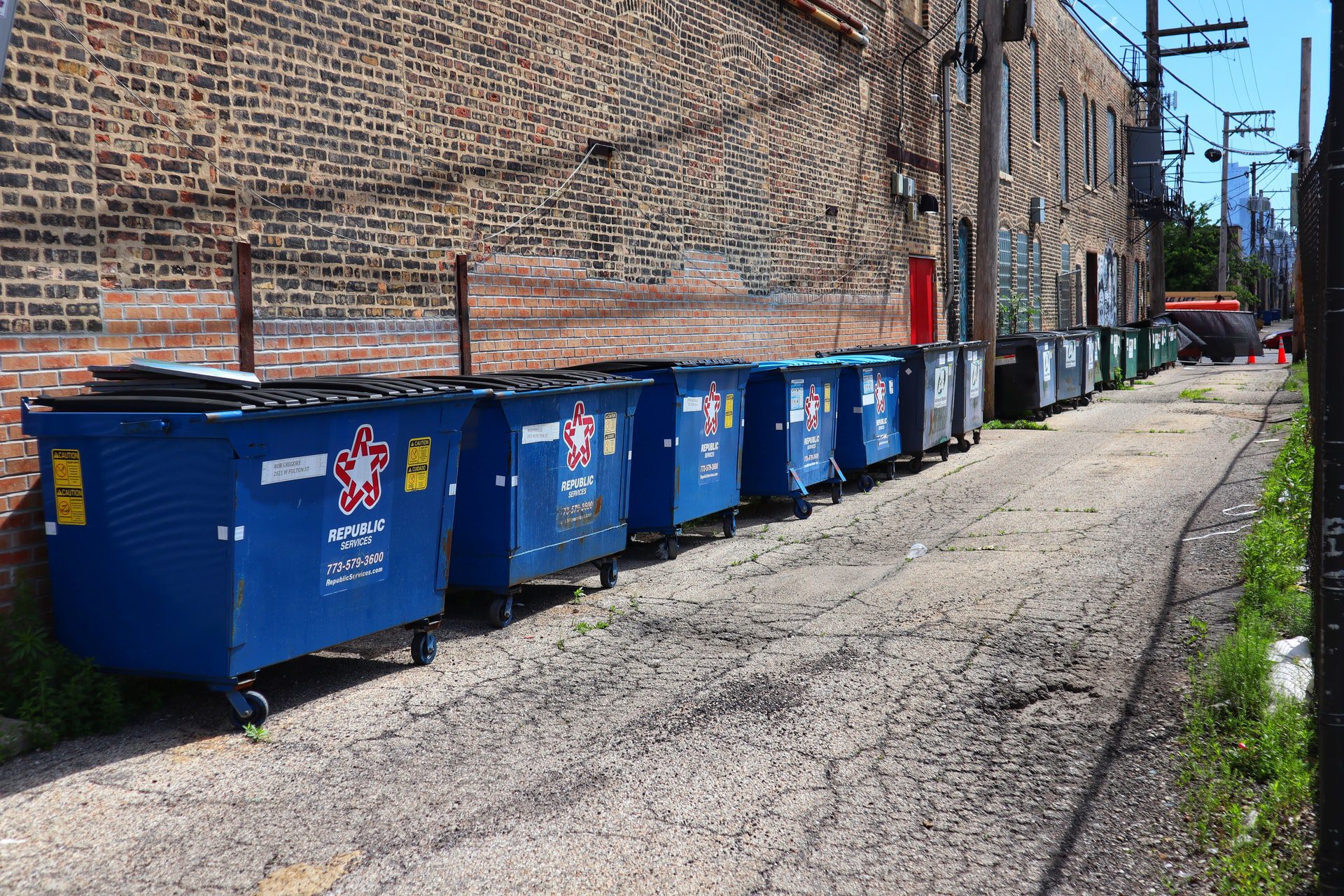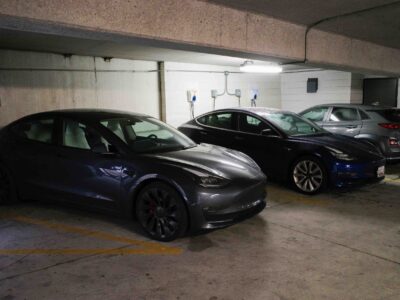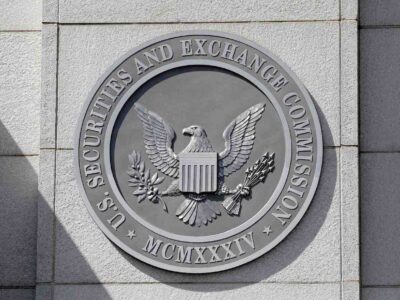53 million tons of global electronic waste every year is being taken more seriously by major tech companies like Apple and Microsoft, as well as major political leaders.
Electronic waste is no small problem. Known as “e-waste”, it’s discarded electronic materials such as smartphones, televisions, laptops, tablets, and flashlights. These items – often made of toxic or difficult-to-break-down materials – break or are thrown away for newer models. The amount of e-waste generated across the world has a significant impact on the environment. As the waste mounts, it’s an issue now being taken more seriously by major tech companies like Apple and Microsoft, as well as major political leaders.
E-waste is the largest-growing waste stream on the planet. A 2020 United Nations report stated more than 53 million metric tons of it were released into the environment in 2019. Though the number is down slightly in this year’s report due to slower sales, it is expected to climb rapidly in the coming years – as high as 40 percent by 2030. Tragically, only 17.4 percent of this waste is recycled worldwide. In the United States, that number is even lower at 15 percent. The rest sits in landfills, leaching toxic chemicals like mercury and chlorofluorocarbons (CFCs) into both the soil and water systems.

Tech companies are not taking these numbers lightly. Many have pledged to become zero waste by the end of the decade, but e-waste makes that even more challenging since most consumers do not keep new electronics for long. This planned obsolescence means more than just a “zero waste” or “zero-carbon” stance is needed to solve the problem.
“Corporations make a lot of promises, and they’re voluntary promises,” said Scott Cassel, founder of the Product Stewardship Institute. “They don’t tend to be effective or bring the rest of the industry along unless they are part of legislation that clearly sets out companies’ responsibility for the life cycle of their products.”
The switch to 5G networks may have a massive effect on the future levels of e-waste in particular. Apple alone released five new phone versions in 2020 (its new iPhone 12 is made of 100 percent recycled material), while Samsung topped that number with 15 new phones. Both companies, alongside Microsoft and Amazon, have take-back programs designed to encourage recycling. Computer manufacturer Dell took that idea one step further by pledging to recycle a product for every product it sells. There is also a new push for manufacturers to make repairing items more accessible and affordable, though resistance is high despite the recent creation of the Circular Electronics Partnership. The partnership, which includes many of the largest tech firms, is working to develop a pathway to a true circular electronics economy by 2030.

There’s also a great opportunity in recycling e-waste that has yet to be fully explored. Many of these discarded items include valuable metals such as silver, platinum, and gold, as well as rare earth elements that are extraordinarily difficult to mine for (that type of mining is highly polluting and often includes human rights abuses). The value of these unrecycled metals and elements is estimated to be nearly $60 billion.
With so many challenges and opportunities at work, e-waste is getting the attention of governments across the globe. Currently, nearly 80 countries have e-waste policies in place, though the United States has very little legislation for it at the federal level. There are currently calls for the European Union to make e-waste recycling mandatory.
“Industry is not going to solve it alone; the government is not going to solve this alone; environmental activists are not going to solve this alone,” Cassel added. “It only works when we pull together.”
World leaders were reminded of the importance of the issue at the June 2021 G7 meeting in Cornwall, England. There, the seven leaders, including President Joe Biden and U.K. Prime Minister Boris Johnson, were confronted with “Mount Recyclemore”, a huge sculpture of the leaders’ faces made of e-waste.
Mount Recyclemore artist Joe Rush created the piece to draw attention to this global crisis.“This isn’t just a problem for politicians to solve,” he said. “It’s a problem the human race has to deal with. The key message is that we should talk to each other and sort this mess out.”





